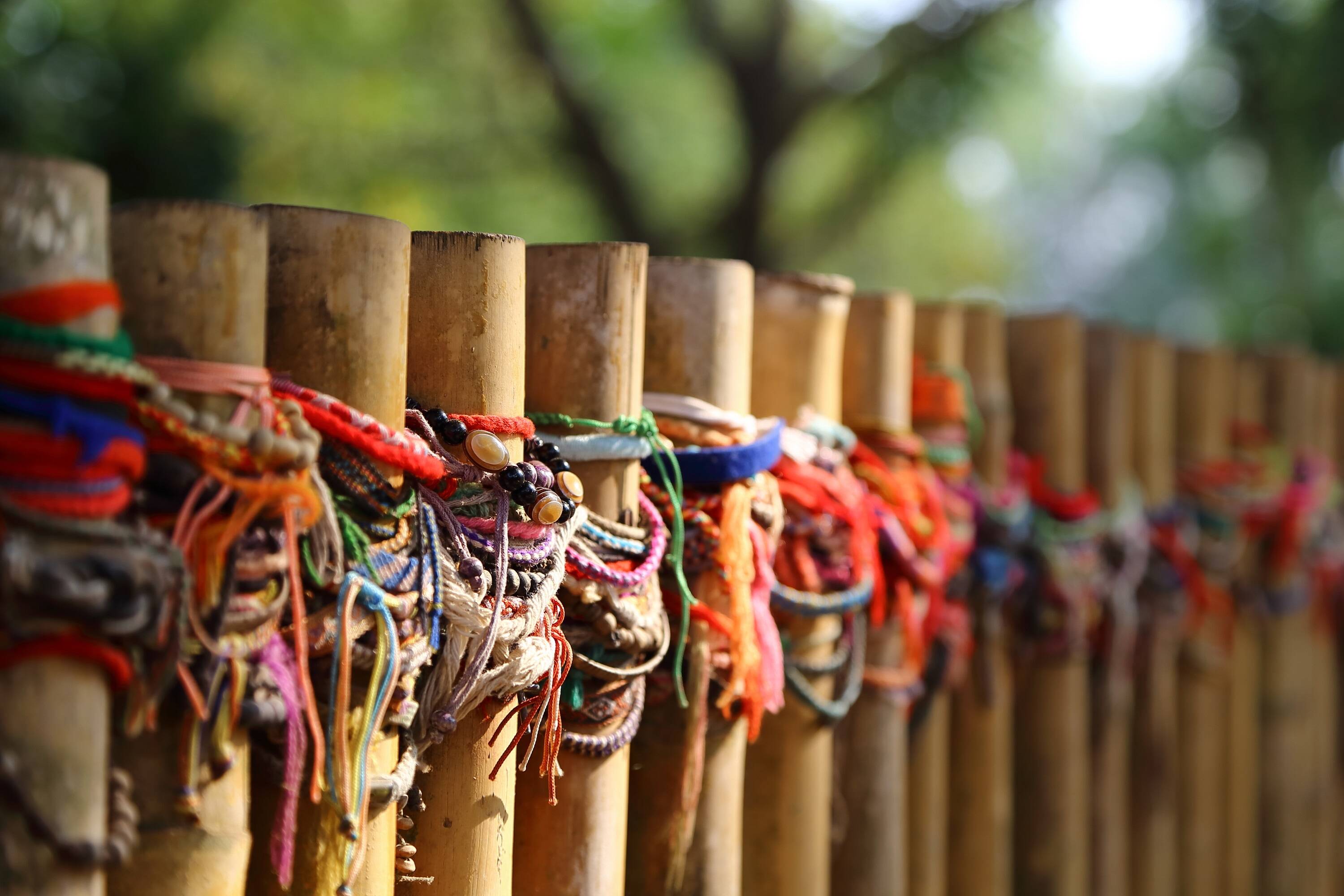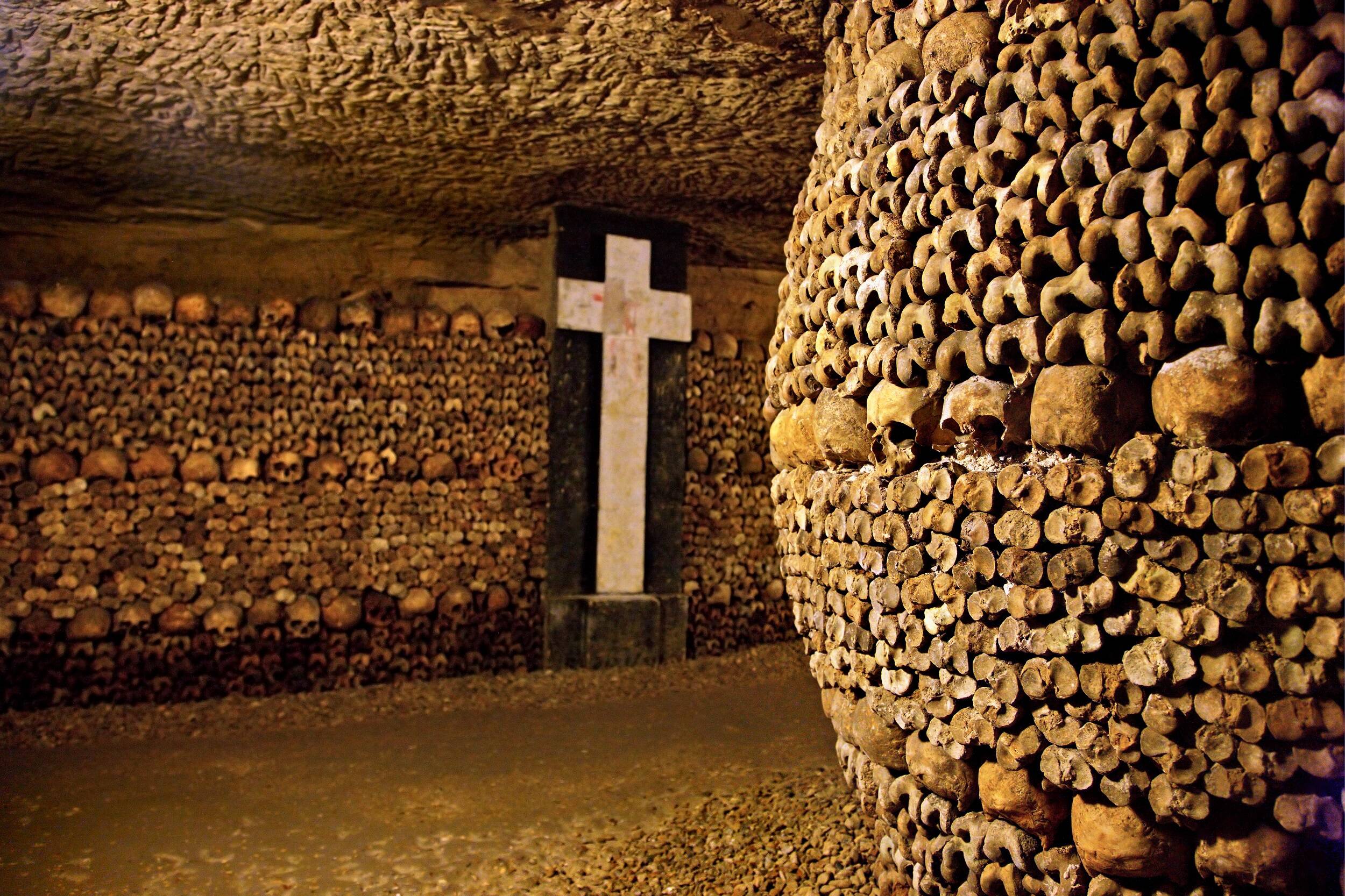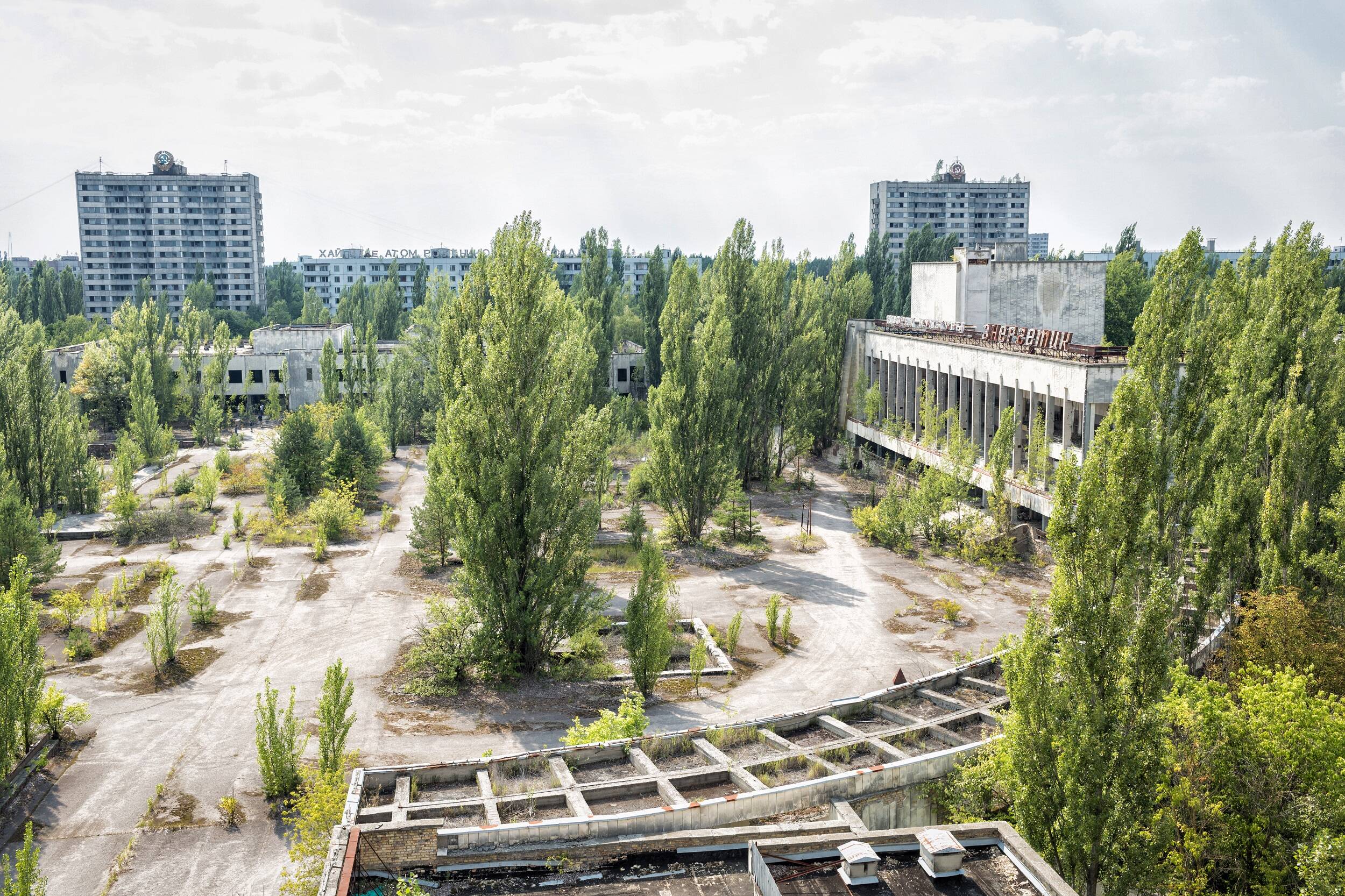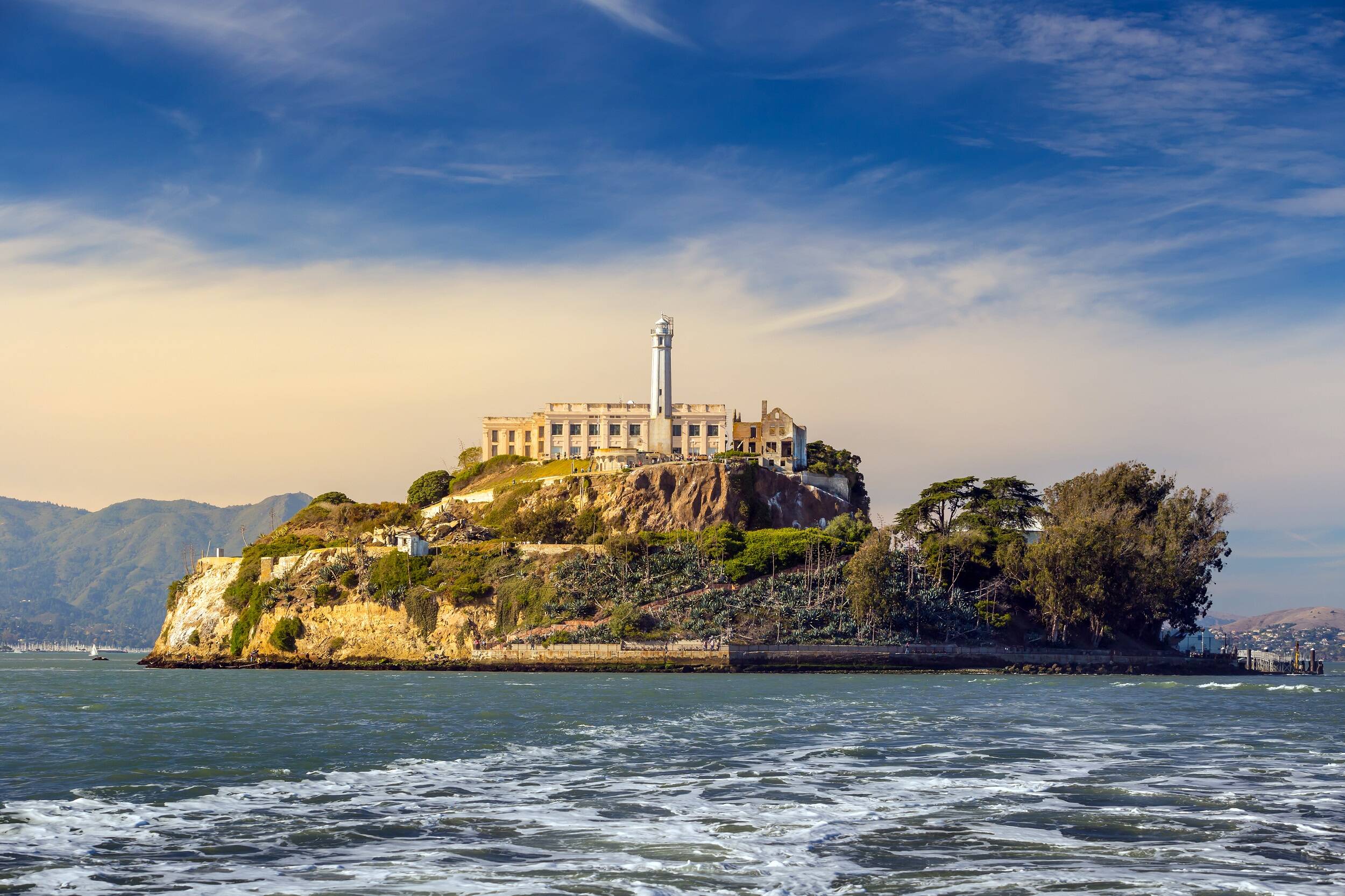
What is dark tourism and what are dark tourism destinations?
Posted by AK Lander | On April 14, 2021 00:00
In this article, you can learn more about dark tourism and some of the most famous dark tourism destinations around the world.
Dark tourism is driven by curiosity. The curiosity to learn more about the dark chapters in human history. The curiosity to explore grief and sadness. The curiosity to learn more about humanity as a whole.
Whether you are interested in learning more about the term dark tourism, starting your dark tourism journey or are just looking for some recommendations on places to travel to in the future, this article looks to explore everything you need to know on the topic.
Read on to find out the dark tourism definition, some dark tourism examples and more.
What is dark tourism?
Dark Tourism Definition: Dark Tourism is the act of travelling to and visiting locations around the world associated with tragedy, suffering and death.
Dark tourism, sometimes referred to as black tourism, grief tourism or thanatourism is a growing trend where people travel to and visit locations, memorials and landmarks that are associated with the darker side of history. These locations are often burial grounds, mass graves, the epicentres of historic injustice, tragedy or disaster.
Types of dark tourism
For those interested in dark tourism, there is a range of types that can be more specific to someone’s specific interest. Some of the most popular types of dark tourism according to Cultura Obscura are:
- Genocide Tourism – Visiting locations associated with historic genocides including killing fields, mass graves and museums.
- Holocaust Tourism – Visiting locations associated with the Holocaust. This is the most popular type of genocide tourism.
- War Tourism – Visiting locations associated with wars including battlefields, burial sites and museums. This does not include visiting locations that are actively engaged in war.
- Cold War & Iron Curtain Tourism – Visiting locations associated with the Cold War or locations associated with being behind the ‘Iron Curtain’.
- Grave Tourism – Visiting graveyards, cemeteries and burial sites.
- Nuclear Tourism (aka Atomic Tourism) – Visiting locations that have either been involved in the development of nuclear technology or locations that experienced a nuclear explosion/accident.
- Medical Dark Tourism – Visiting locations associated with ‘obscure’ medical stories, such as operating theatres, medical museums with human specimens or plague towns.
- Cult of Personality Tourism – Visiting locations specifically associated with a person from history mainly including serial killers, cult leaders, infamous criminals or tyrants/dictators.
These types of dark tourism can often overlap, for example, many sites associated with the Holocaust will also fall under genocide tourism and war tourism. These categories also do not cover all of dark tourism but do cover the most popular types of dark tourism.
The most famous dark tourism destinations
Now, we look at some of the most famous dark tourism destinations in the world.
- Choeung Ek Genocidal Centre
- Catacombs of Paris
- Auschwitz-Birkenau Memorial and Museum
- Chernobyl Nuclear Power Plant & Pripyat
- Hiroshima & Nagasaki
- National 9/11 Memorial & Museum
Please note: Some of the stories and histories behind these dark tourism sites can be upsetting to some.
Choeung Ek Genocidal Centre
Location: Phnom Penh, Cambodia
For those who aren’t familiar with dark tourism destinations, the name Choeung Ek Genocidal Centre might not ring any bells, however, this is somewhere that’s modern history has made it a popular destination for dark tourists.
This former orchard is now a mass grave for the victims of the Khmer Rouge who executed over one million people between 1975 and 1979. The epicentre of Cambodia’s so-called Killing Fields, Choeung Ek was found to be home to mass graves containing roughly 10,000 bodies at the fall of the Khmer Rouge regime and the Cambodian government now encourages tourists to visit in order to learn more about this genocide.
As well as being able to visit the exhumed graves, you can also visit the Choeung Ek Monument originally erected in 1988. Within this monument, a Buddhist stupa, are more than 5,000 human skulls, many of which bare clear indications of the suffering they faced.

Catacombs of Paris
Location: Paris, France
Hidden away under the streets of Paris is the next dark tourism location that you may not even realise you’ve walked over before if you’ve visited the city. Under this metropolitan city are ossuaries that are thought to hold the remains of some six million people. Created to help an overflowing cemetery problem, the Catacombs were first established in 1810 and have had a fascinating history since, even being used as a Nazi bunker during the Second World War.
Auschwitz-Birkenau Memorial and Museum
Location: Oświęcim, Poland
The Auschwitz-Birkenau Memorial and Museum in Poland is a well-known destination where many pilgrimage to learn more about and pay their respects to those who were held there or lost their lives there. In total, it’s thought that 1.3 million people were sent to Auschwitz and of that 1.1 million people died there as well.
The Auschwitz-Birkenau Memorial and Museum was founded shortly after the fall of Nazi Germany’s occupation of Poland and has been a World Heritage Site since 1979, being run for 45 years from 1955 to 1990 by Kazimierz Smoleń, a former inmate. Here, visitors are able to walk the former concentration camp and in total over 25 million people have visited here to do so and learn more about this terrible event in human history.

Chernobyl Nuclear Power Plant & Pripyat
Location: Pripyat, Ukraine
Chernobyl Nuclear Power Plant and the nearby city of Pripyat (Prypyat) was the scene of the largest nuclear accident in history. In 1986, during a safety test of the No. 4 reactor in Chernobyl Power Plant, a series of oversights caused an uncontrollable nuclear chain reaction which led to two explosions, releasing extremely high levels of radioactive contamination across the plant and the nearby city of Pripyat causing an area of roughly 2,600km² to be closed off today in an exclusion zone. The predictions on when this zone will become inhabitable again are far-stretching, from less than 320 years to tens of thousands.
For those who want to visit, there are short tours that can take you into the exclusion zone which is now a so-called ghost town that has largely been reclaimed by nature. On these tours, you can see this abandoned area and get a real sense of the tragedy which caused an immeasurable amount of death and sickness.
Hiroshima & Nagasaki
Location: Japan
It isn’t just nuclear accidents that draw in dark tourists, but sites of nuclear explosions also including both Hiroshima and Nagasaki in Japan. Bombed on the 4th and 9th of August 1945 by the USA, Hiroshima and Nagasaki are the only two locations that have been attacked by nuclear weapons in combat.
Unlike Chernobyl, Hiroshima and Nagasaki are no longer thought to be radioactive and are large cities in Japan with millions of inhabitants and aren’t different to other Japanese cities in appearance or lifestyle. However, both cities have kept memorials of these events, including the Hiroshima Peace Memorial, which can be visited today to serve as reminders of the past.
National 9/11 Memorial & Museum
Location: New York, USA
For many, the events of 9/11 happened in their lifetime and can be even more reason to want to visit Ground Zero to get a feel for the scale of the disaster. On September 11th 2001, the Twin Towers were brought down in what was the deadliest terrorist attack in human history.
Now, in their place stand two reflection pools inscribed with the names of the casualties, and in the newly constructed Freedom Tower, you can find a museum telling the stories of those that lost their lives that day. In the area, you can also still see remnants of the attacks on the buildings and streets.
READ MORE: Famous memorials around the world

Other dark tourism destinations:
Dark tourism destinations in the UK (not including Scotland)
- Aberfan, Wales – The site of a catastrophic landslide where 144 people were killed including 116 children.
- Beachy Head, East Sussex – One of the world’s most prominent suicide locations.
- Windsor Castle, Windsor - The burial site of many of England’s former kings and queens.
READ MORE: Who is buried at Windsor Castle?
Dark tourism destinations in Scotland
- Glasgow Necropolis – A stunning Victorian cemetery beside the Cathedral.
- Gruinard Island – An island used for anthrax testing in the 1940s.
- Secret Nuclear Bunker, St Andrews – A former nuclear bunker used in the Cold War.
Dark tourism destinations in America
- Arlington National Cemetery – The USA’s primary military graveyard.
- Pearl Harbour, Hawaii – Location of a surprise Japanese attack in World War II.
- Ted Bundy Landmarks – A range of landmarks nationwide linked to serial killer Ted Bundy.
Dark tourism destinations in Los Angeles, USA
- Cecil Hotel – Hotel with a reputation for violence, suicide and murder.
- Helter Skelter – The location of five murders by the Manson family cult including actress Sharon Tate.
- Museum of Tolerance – Highlighting some of the worst global atrocities from history.
Dark tourism destinations in San Francisco, USA
- Alcatraz – A former prison island in the Bay of San Francisco.
- Golden Gate Bridge – One of the world’s most prominent suicide locations.
- SF Columbarium – One of the few places in the city where human remains are still permitted.
Dark tourism destinations in Australia
- Banjawarn Station, WA – Cattle station linked to the Aum Shinrikyo doomsday cult responsible for myriad crimes and terrorist acts.
- Old Melbourne Gaol – Former prison and site of 135 executions.
- Port Arthur, Tasmania – The site of a former penitentiary and 1996 massacre.
Dark tourism destinations in India
- Amritsar – The location of a 1919 massacre killing over 1,000 and injuring 1,000 more.
- Andaman & Nicobar Islands – Former prison islands with over 80,000 past inmates.
- Taj Mahal – An opulent mausoleum dedicated to the favourite wife of a Mughal Emperor.
Dark tourism can be a fantastic way to not only learn more about the complex history of humankind around the world but explore grief in different ways and learn about how the world mourns some of its greatest tragedies. For many of the lives lost, there is no memorial headstone you can visit to pay respects and instead, the best way to honour them is to learn more about the tragic events that took their lives.
For more guides, tips, and advice, make sure to visit our news page.
